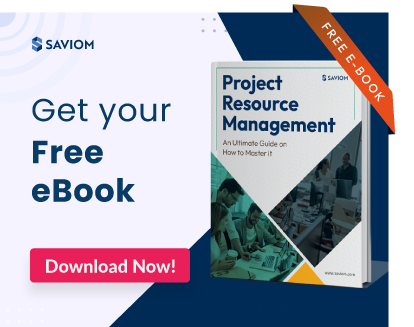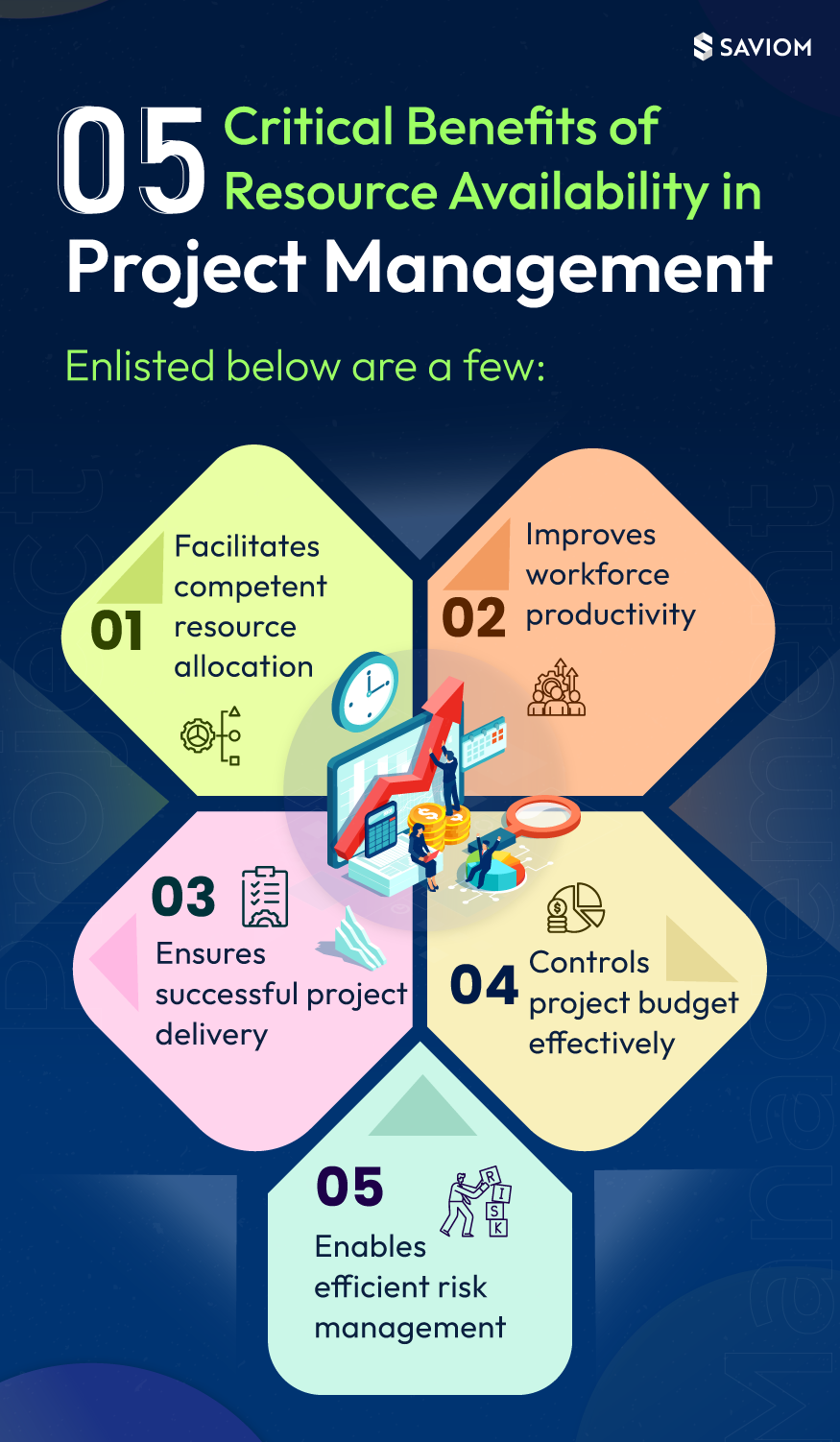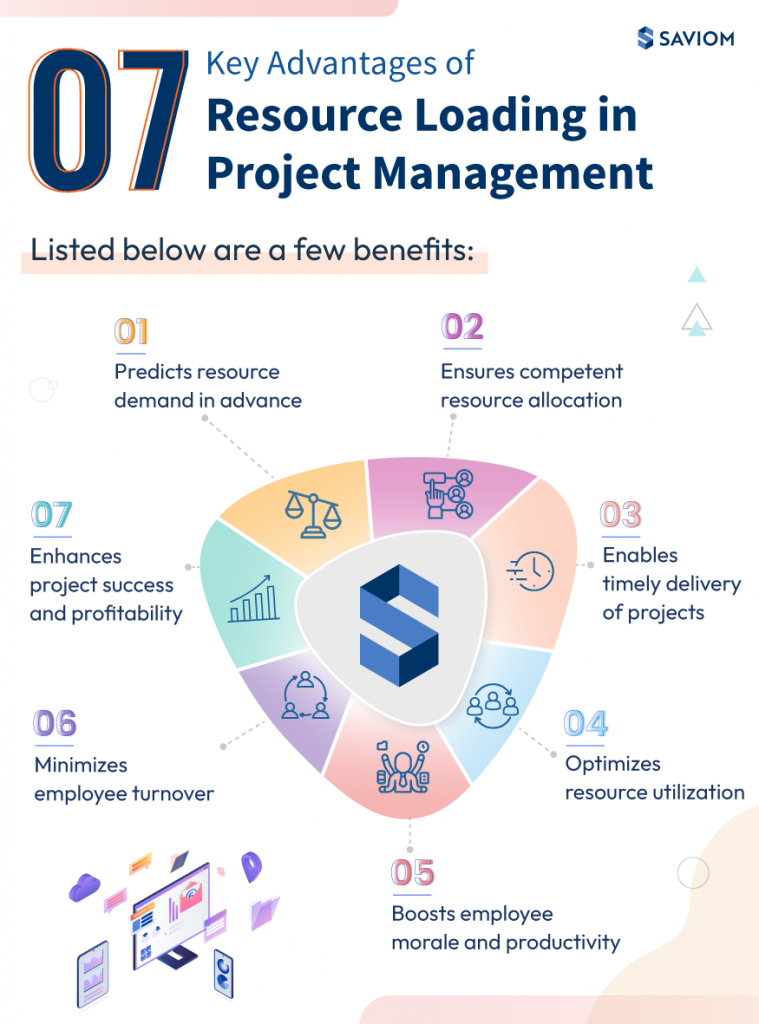If you ask any experienced project manager about the most challenging part of their job, the most common response would probably be “achieving project success within the existing constraints.”
According to a joint survey by KPMG, AIPM, and IPMA,
- 70% of organizations cannot deliver projects on time.
- 64% of businesses cannot deliver projects within budget.
- 56% of companies cannot have projects that meet original goals and business objectives.
- 54% of projects delivered do not receive stakeholder satisfaction.
Understanding the project bottlenecks at an early stage and having a well-defined plan to work within the constraints differentiates a successful project manager from its peers.
Once you understand every project constraint and its dependencies, it is possible to tackle the challenges that come along the way.
This blog will give you a comprehensive view of all the project constraints and their interrelations, followed by the best ways to overcome them.
But first, let’s start with the definition.
What are Project Constraints?
As per the PMBOK Guide, a constraint is “a limiting factor that affects the execution of a project, program, portfolio or a process.”
For example, project managers must consider the environmental factors before planning a construction project in an earthquake-prone area. Here, earthquakes are the constraints that can limit project planning.
In 1969, Dr. Martin Barnes described scope, time, and cost as the three primary project constraints. He called them the triple constraints of project management. But, with time, project managers have found that there are other limiting factors for a project. Some people even consider that there are as many as 19 project constraints.
However, the PMBOK Guide defines the following six constraints that can potentially derail any project:
- Scope: The work as defined in the contract or charter
- Time or schedule: The deadlines imposed by the customer
- Budget or cost: The funding limits set by the sponsor
- Quality: The quality standards of the deliverable
- Resources: Shortage of skilled labor
- Risks: Threats that may impact the project
Let’s discuss each of these project constraints.
Six Constraints of Project Management
Here’s a look at the most common project management constraints that may impact your project outcomes:
Scope
Project scope is not an estimate but a guaranteed set of deliverables. For the project to be successful, the deliverables or milestones identified in the scope must be achievable. These deliverables have to be agreed upon by key stakeholders. For example, in a house construction project, the scope includes building two bedrooms, one kitchen, and a hall. But it does not include interior designing and flooring. The project manager must indicate which deliverables will be provided and which won’t. That way, everyone involved in the project knows what they will achieve.
For a project manager, a thorough evaluation of the scope is crucial to ascertain project success. To do so, you should start by creating a project scope statement that identifies what will be involved in the project and what won’t.
Time
The time constraint is a crucial element to a project’s success. As a project manager, your task is to estimate the project timeline as accurately as possible. You’ll have to rely on past projects and use that data to schedule appropriately. Besides, you must also consider potential delays, change requests, risks, and uncertainties. Based on that, you will have to decide the exact duration of the project and convey the same to the stakeholders. You must also make sure to include deadlines for each phase. It will help you focus on the critical tasks and finish them within the deadline.
However, failing to stay on schedule could result in a project delay. Therefore, a well-defined project plan is one of the most crucial strategies for effective time management. You must dedicate time to planning upfront to minimize the number of adjustments needed down the line and reduce the amount of time spent on unnecessary activities.
Cost
Cost or budget is the amount of money invested in the project to achieve the desired result. For example, a client wants to develop a website for his company with a stipulated budget of $1 million. As a project manager, you must plan the project so that you do not cross the budget. You’ll have to control cost within your proposed budget, or it will result in a budget overrun.
It is essential to estimate the costs as accurately as possible before formulating the project plan. It will allow you to establish a baseline to compare your spending throughout the project cycle and monitor your progress. In addition, you can estimate costs with thoroughly researched market rates, vendor bids, historical data, and so on.
Quality
The quality constraint depends on the characteristics of the deliverable provided. A project’s quality is evaluated by how closely the outcome matches the expectations. As a project manager, you must ensure that you maintain the quality of a project as it directly contributes to client satisfaction.
All three significant constraints, i.e., scope, cost, and time, affect a project’s quality. For instance, scope change will have a spiraling effect on timeline and budget, resulting in compromised project quality. Similarly, changing the quality expectations also affects the three constraints. For example, if the client wants to get the best quality products, it will increase the cost and the duration. Also, it may change the scope of the project. Thus, these four constraints are interrelated.
Resources
Resources are the critical drivers of a project’s success and also contribute to the budget significantly. They can be people, equipment, facilities, and so on. Resources have a direct impact on all the other constraints. Therefore, the project manager must manage the resources efficiently to keep all the other constraints in check. Improper resource allocation can lead to compromised quality, including timeline and budget overruns.
Moreover, for successful delivery, managers must ensure that all team members are optimally utilized for maximum productivity and not burnout on the project. A suitable resource management solution helps allocate the right resources to projects, maximize effective utilization, and provide powerful analytics for timely decision-making.
Risks
Risks are associated with every project, and they may benefit the project or even derail it off the course. As a project manager, you must foresee them at every step of the project and plan to combat the same. It can involve simulating various scenarios to find the best possible outcome within existing constraints or formulating contingency plans. You must also determine risk tolerance and risk management strategies to mitigate risks when necessary.
Risks are generally of two types, namely positive and negative. For example, let’s assume a new technology can speed up your project and enable you to finish the project on time. Seizing such a unique opportunity will naturally involve risk, but at the same time, it will have a positive effect on your project. On the other hand, the sudden attrition of critical resources due to stress is a negative risk and will hamper the project delivery. You must have a backup plan in place for a situation like this.
Six ways to manage Project Constraints
Constraints are integral to projects, but there are steps to manage them efficiently for successful delivery. Here are six effective ways to manage project constraints:
lan and strategize each phase of the project
Devising a proper plan will help avoid typical constraints. A work breakdown structure where each step is broken down into tasks will assist in understanding the scope of the project. You can organize and list the functions in detail, as well as schedules and assigned team members. That way, you can track the duration and monitor the costs at each step. Moreover, you will be able to take necessary measures if anything doesn’t go as planned.
Understand each constraint clearly
The more you understand how constraints affect your project, the better you can plan around them. Knowing each limitation and identifying which aspects of the project will be involved are necessary for managing them. Based on that, you can implement techniques such as risk analysis, resource leveling, and so on to negate the adverse effects of the constraints.
Have proper quality management
Sticking to the project’s timeline, budget, and scope is not enough. The quality of the deliverable has to be up to the mark. For that, you need to have effective project quality management. To improve the quality management system, you must focus on checking key points in processes regularly. Rather than trying to fit everything at the time of delivery, regular checks will ensure that methods are working on a periodical basis as part of the internal audit program.
Balance resource utilization
Frequently overloading resources with work can cause stress and lead to employee burnout. At the same time, underutilizing your employees’ talent can decline their productivity and even result in unplanned attrition. Furthermore, as resources are one of the most critical project constraints, their inefficient usage can cause project delays and budget overruns. Thus, optimal utilization of project members is the key to profitability and business sustainability.
Have a risk management strategy
A well-planned risk management strategy can identify, assess, and prepare for any potential risks. It enables you to deal with uncertainties and challenges head-on and empowers you to build more value. With a strategy in place, you can proactively resolve the internally identified risks. Besides, it empowers your decision-making by assessing threats well in advance.
Transparent communication between project team members
Transparent communication is a critical factor for successfully managing project constraints. With transparency, everyone involved in the process knows about the priorities and objectives of the project. They have a clear understanding of what is asked of them and what they have to offer. It increases their productivity and keeps them engaged.
How Resource Management helps in overcoming these Project Constraints?
Resource management is the process of utilizing various types of business resources effectively and efficiently across the enterprise. Here are some ways in which resource management helps in mitigating project constraints:
Deliver projects within time and budget
Achieving customer satisfaction is possible if the organization meets its project delivery commitments. Using the right resource management strategy, companies can minimize costs and ensure the timely delivery of projects. Managers can allocate the right resources to the right project at the right time, ensuring maximum productivity. Also, 360-degree visibility enables the allocation of cost-effective global resources from across matrix boundaries. It helps in getting the desired results but at a lower cost.
Eliminate employee burnout on projects
Many times, managers overload a good-performing resource with multiple tasks. For example, an employee consistently working overtime can be at risk of employee burnout resulting in compromised quality or unplanned attrition. The resource management system consolidates enterprise resource-related data on a unified platform. It allows managers to get a birds-eye view of their bookings in real-time, which helps avoid overloading project members with work.
Optimize resource utilization across the project
An intuitive resource management solution can forecast resource utilization enabling managers to act proactively and take corrective actions. Accordingly, managers can mobilize resources from non-billable to billable and strategic work.
Sometimes when resources get rolled off from projects, they end up on the bench. Resource managers foresee which resources will land on the bench and proactively start looking for suitable projects to make them billable. If there are no suitable vacancies, resources can be provided with training on the job or shadowing to improve billability.
Monitor and keep project financials on track
Using advanced analytics and dashboards, managers can track critical financial indicators for a project like cost, revenue, profit margins, and overheads. For instance, forecast vs. actual cost reports helps you compare the actual spending against the estimated budget. That way, you can improve future estimations and align them to reality.
Make informed decisions using real-time business intelligence
Efficient resource management techniques help see where the resources are and what they are doing, giving you control of the entire process. Real-time business intelligence and reports let you measure the performance of project members. It facilitates accurate forecasting for informed decision-making and helps you to steer projects in the right direction.
Implement Modeling and Simulation techniques
What-if analysis, a powerful feature of resource management solutions, enables you to get the best possible ROI within existing constraints. It allows you to build and simulate multiple scenarios and analyze the impact of resource allocations on essential KPIs such as availability, utilization, project financials, capacity vs. demand, etc. Based on this analysis, managers can select the best outcome and implement the same on an actual resource plan.
Conclusion- Best Practices
Projects and constraints go hand-in-hand. As a project manager, you are expected to deliver the desired results while keeping them in check. Here are some of the best practices to maintain the project constraints:
- Formulate the project plan clearly, covering every aspect.
- Devise a WBS and list down all the activities hierarchically.
- Assign resources to the tasks and subtasks diligently, making sure that there is a minimum idle time.
- Forecast resources beforehand to avoid last-minute firefighting.
- Access the capacity vs. demand report to understand the excess/shortage of resources.
- Always provide a sufficient lead-time to the resource managers during ramp-up and ramp-downs.
- Take cost-effective resourcing measures or retrain employees to meet the project demand.
- Give special attention to resources with niche skills and have a backup strategy.
- Monitor resource utilization to maximize productivity and eliminate over/under allocation.
- Share project progress with the team members and stakeholders regularly.
- Have a contingency plan in place for any sudden surprises.
SAVIOM Solution
SAVIOM has over 20 years of experience helping multinational clients manage their resources efficiently and effectively. With over 20 years of experience, this Australian-based MNC has a global presence across 50 countries and has helped 100+ clients meet their specific business goals. Saviom also provides tools for project portfolio management, professional service automation, and workforce planning software. So, SAVIOM can help your business to establish an efficient system geared towards your specific business challenges.




















